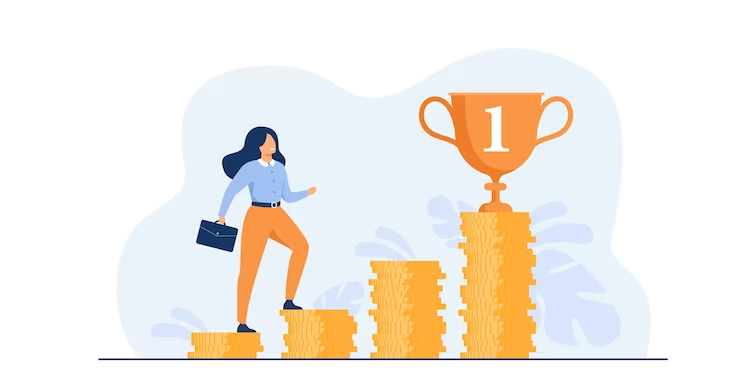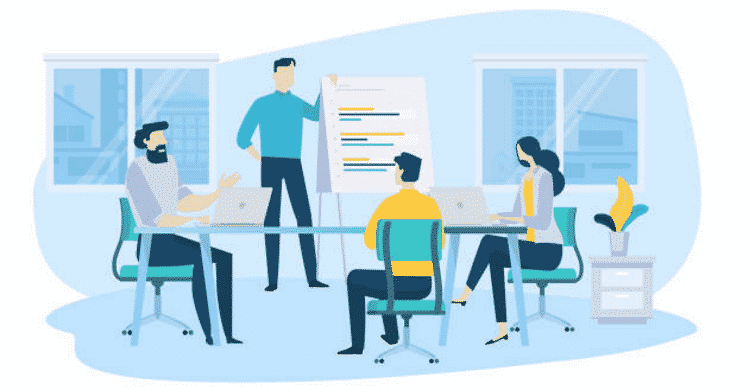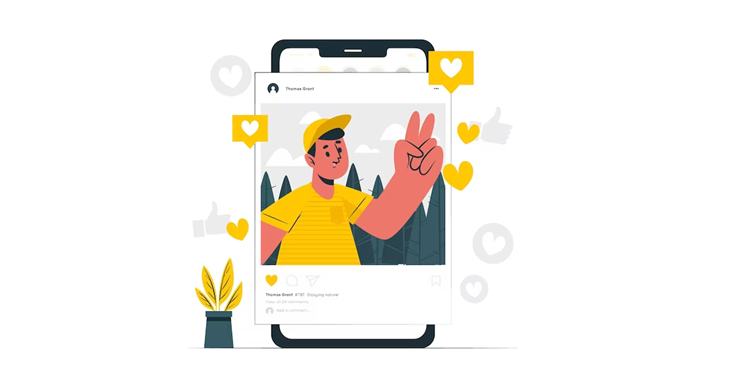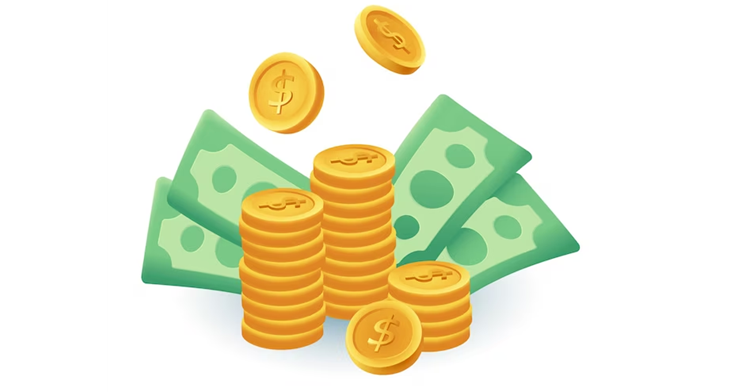1. Workplace gamification is gaining popularity for engaging and motivating employees, with employee rewards playing a central role.
2. Gamification in the workplace involves incorporating game-based elements, such as earning points, digital badges, and leaderboards, to drive performance, productivity, and innovation.
3. A well-designed employee rewards program integrates these game elements and uses digital platforms to ensure transparency and participation.
4. The success of gamification initiatives largely depends on how the organization can effectively implement rewards, ultimately leading to increased employee engagement and motivation.
Many organizations are adopting workplace gamification to engage and motivate their workforce. One important point to note is that employee rewards are at the center of workplace gamification and are critical to the success of such initiatives.

According to an article in Forbes, Gamification “uses game-based mechanics, aesthetics and game-thinking to engage people, motivate action, promote learning and solve problems.”
Gamification in the workplace can drive performance, productivity, quality of work, skill development, and even innovation.

According to the findings of a study conducted by Verizon, gamification increases productivity levels for 90% of workers and increases awareness of co-workers’ goals and tasks for 86%.
The top benefits of gamification, according to survey respondents, are increased engagement at work, inspiration to be more productive and increased focus and ability to stay on task. (30%, 27%, and 20%, respectively).
Employee rewards can drive effective gamification at the workplace.
A well-designed employee rewards program has the following game elements:
1. Defining the Reward Criteria
2. Using a Digital Platform
3. Earning and Redeeming Points
4. Collecting e-Badges and e-Cards
5. Utilizing Wall of Fame and Leaderboard
6. Leveraging Social Media Integration


Goals and targets are critical aspects of gamification. Organizations can implement this through the eligibility criteria for different reward types.
Each type of reward should have well-defined criteria based on key performance indicators, demonstration of core values, learning milestones, or innovation.
Employees strive to meet the criteria for these rewards and compete with one another.
It is one of the critical principles of gamification. Team awards can encourage collaboration in addition to individual performance.

A digital employee rewards platform makes the entire rewards process wholly transparent and timely.
The platform can also integrate with other workplace platforms, such as CRM, ERP, LMS, or attendance systems, that capture and track employee performance or behavior.
Such integration can automatically trigger rewards for meeting the defined criteria.
Employees can access the employee rewards platform from anywhere, either using their desktop or mobile devices.
Supervisors can reward their team members instantly; employees can track their rewards anytime, anywhere.
Using the digital rewards platform can drive higher levels of participation and make gamification an integral part of the work culture.

Employees can earn points from various rewards they receive as part of the employee rewards program.
Typically, reward points have monetary value, either directly or indirectly. This is yet another essential element of gamification.
Employees can redeem reward points for gift cards, merchandise, or cash through the rewards platform.
The monetary benefits can act as a strong motivator for employees to participate in the program and drive the success of the gamification initiative.

Apart from reward points, employees also receive digital badges, e-cards, or e-certificates as part of their rewards.
These are typically customized for each type of reward and include the company branding.
Collecting these badges and cards is equivalent to collecting trophies and shields in the physical world.
Collecting these badges and cards over time gives employees a sense of pride, achievement, and self-satisfaction, which can help motivate them to further enhance their performance.
It is yet another critical aspect of gamification.

The social visibility of the rewards across the organization also dramatically boosts the motivation of these award winners.
The wall of fame feature in the employee rewards platform enables co-workers to see and congratulate the winners through likes and comments.
Leaderboards showcase the top-rewarded employees based on the number of reward points or awards they have received.
There could be a leaderboard across the organization or separate ones specific to each business unit.
Being seen on the leaderboard or being congratulated through the wall of fame gives a tremendous sense of accomplishment to the winners and motivates them further.
It also makes the rewards more aspirational for other employees, motivating them to perform better.

Integration with social media platforms such as LinkedIn and Facebook can elevate social visibility beyond the organization’s boundaries.
Employees can share their reward communication or badges received with their friends and connections on social media.
Sharing on social media enables them to garner tremendous visibility and the opportunity to get likes and congratulatory comments, which can fill their sense of achievement and motivation.
Employee rewards is at the center of workplace gamification; a well-executed rewards program can help organizations realize the intended benefits such as higher performance, productivity and innovation from their workforce.

Lead author: Sagar Chaudhuri, the Co-Founder and CEO of HiFives. He is an HR Tech Evangelist with over 25 years of experience in both corporate and entrepreneurial settings. Previously, Sagar has held leadership roles with companies such as Genpact, Infosys, and ICICI Bank. He has an engineering degree from IIT Kharagpur and an MBA from IIM Lucknow. Connect on LinkedIn
To stay updated on the latest HiFives blogs, follow us on Twitter (@MyHiFives)